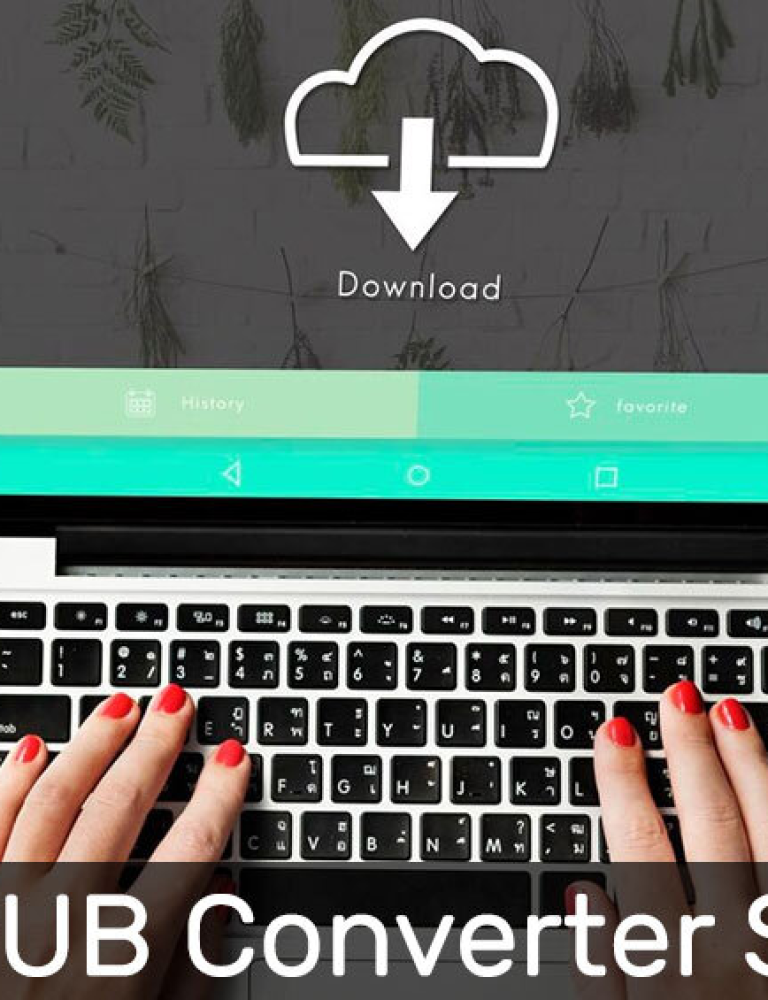With smartphones becoming the device of choice to consume content, they are being increasingly leveraged to deliver online educational courses by schools and colleges, and learning and development training by the corporate sector. The evolving digital technologies are taking mobile learning to the next level with interactive content that promotes self-paced learning anytime and anywhere, while on the go. Mobile learning, also known as, mLearning, is learning delivered through mobile apps leveraging features that are unique to the mobile platform, for instance, texting, video-based communications, tracking, and geo-locations. These features while making the learning process more immersive, also help to personalize learning experiences, and ensure smooth communication between the learners, instructors, administrators, and managers without any loss of data and functionality.
With all the benefits it offers, it is important to note that mobile learning as it has evolved today, is widely implemented not as standalone but as part of a larger learning strategy. In other words, mobile learning supports eLearning and classroom teaching. As of now, the full instructor-led or eLearning course cannot be moved to the mobile. However, a full-length module can be broken down into concise micro-sized bites for consumption on the mobile device. To illustrate with an example, a micro-nugget can be a summary of a lesson, the main steps to a procedure, or a graphic or diagrammatic representation in the audio-video format.
Mobile learning is more in tune with the learning needs of a generation that has a short attention span given a sea of information vying for attention. Second, it is also in line with modern pedagogical practices which put learners in the center of the learning experience.
Related read: The Interactive Learning Online Platform for K12 Education – KITABOO
Mobile learning is enjoying great success with the learners whether they are students or employees because of the immersive learning it provides. In the case of mobile learning, the course content is presented in a digital format using advanced media technologies such as video, Virtual Reality, Augmented Reality, Simulations, Animations, 3D infographics, and more. Rather than just presenting facts, digital technologies weave the course content in the form of a story enriched with interactive elements. Mobile learning in a way passes the control to the learner to trace their own learning journey.
In a time-pressed world, mobile learning has become the perfect means to provide crucial information to decision-makers in the form of a short video, a reference document, or even a blog to enable the right decision at the right time. It has evolved in tune with the evolving digital technology. Here, in this article, we look at how mobile learning has evolved in today’s digital world and is revolutionizing learning.
Podcasts: Podcasts refer to digital audio media files that are made available to learners for download or for listening on the Internet. In the learning context, you can have podcasts on stories and poems in Literature. Then you can also have podcasts of teachers who lead the conversation around a particular theme. Then again, your employees can listen to these micro-learning nuggets during their drive to and fro from the office.
Videos: These audio-video files, or videos, have emerged as the medium of choice for mobile learning. The course content is encapsulated in the form of a video, which can be human-led or animated. It usually includes presentations, graphics, infographics and animations to explain the concepts. In corporate training, the video can be a checklist to run through before any submission for conformance and quality tests.
Interactive videos: This form of mobile learning can be used to offset forgetting curves. To illustrate with an example, an interactive video can be in the form of a quiz or assessment. The learner has to make a choice to proceed and revisit the module again to re-learn and course-correct towards the right answer.
Simulation: Simulation in mobile learning refers to animating situations that resemble real-life settings. Simulations help to give context and make learning relevant to the current realities. They are of great use in bringing alive abstract concepts, which most learners find difficult to tackle.
Related read: The Role of Digital Learning Platforms in the Academic Growth of Students
Gamification: Gamification is the new level of evolution of mobile learning. Gamified mobile learning content can trace its root to video games that have captured the attention of the millennial generation. Gamified content, similar to video games, is fun, entertaining, and immersive but with the added goal which is to fulfill the learning objective. The course content is presented in the form of a story, complete with branching scenarios and levels. The learner has to successfully complete one level before moving on to the next one. At the successful completion of a level, the learner is either given some form of recognition or rewarded for their effort. The rewards and recognitions serve as motivators to challenge the learner to complete all the remaining levels, and at each level, they successfully overcome a milestone in their learning journey.
Conclusion
With the evolution of digital technology, mobile learning too is evolving in a way to remove all barriers in learning and making it more fun, entertaining, immersive, and entertaining. Mobile learning is concise and to the point which means that learners do not have to wade through tons of information to find what they are looking for. It is of great means to offset forgetting curves, provide crucial information to decision-makers on the go, and inspire self-paced learning. In the corporate world, it is being extensively used in onboarding, soft-skill training, product training, application simulation training, leadership training, professional skills upgrading training, compliance training, and sales training. Mobile apps are used to provide mobile learning. These apps have greatly evolved to take learning to the next level. Advanced digital technologies such as AR, VR, animations, simulations, and interactive videos find extensive use in creating immersive mobile learning experiences manifesting in long-term learning outcomes.
Whether you are a corporate or an educational institution, you can greatly enhance your learning and development initiatives with mobile learning. If you are thinking in this direction, you may consider KITABOO, an award-winning digital publishing software trusted by many reputed names in the business for creating mobile learning content. You can customize the content to your unique needs and make it available for access across all device types including the mobile phone. To know more, please write to us at kitaboo@hurix.com
Discover How An Ebook Conversion, Publishing & Distribution Platform Can Help You
Kitaboo is a cloud-based content platform to create-publish & securely distribute interactive mobile-ready ebooks.
You May Also Like







